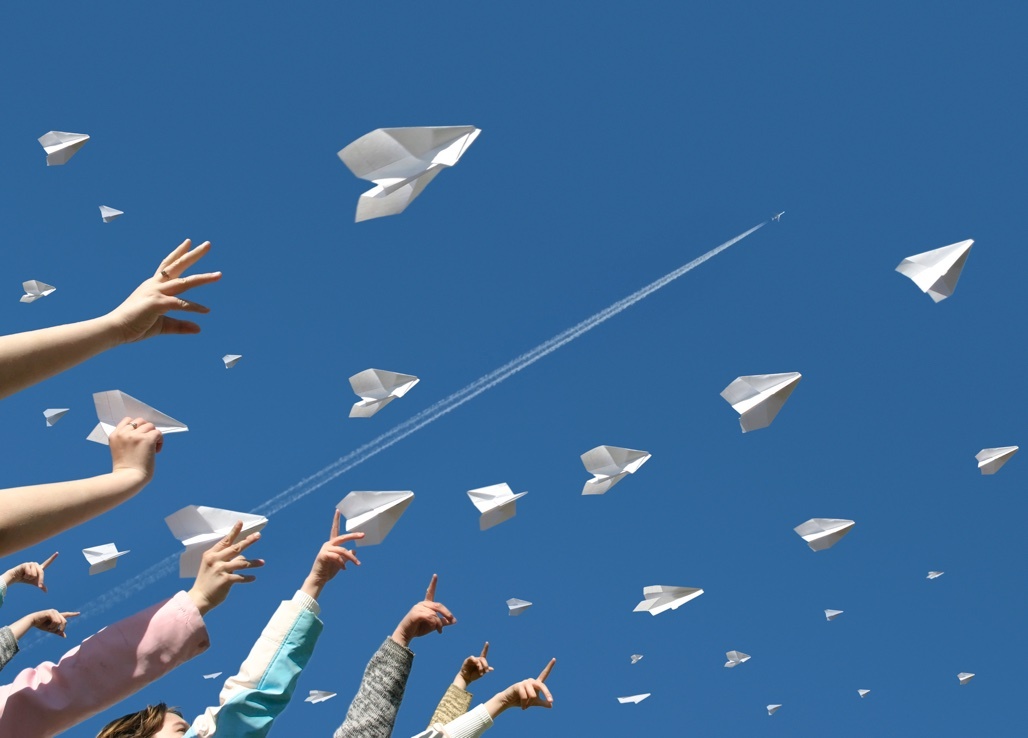Are You Voting "No" to Paper Ballots?
The pros and cons of paper voting vs voting software

Slack is a great productivity tool but when you’re part of a larger team, it can feel like you’re constantly trying to catch up.
Fortunately, there are a few measures you can take to ensure Slack doesn’t take over your team’s professional and personal lives.
Simply being in a public channel shouldn’t mean that you need to scroll through every unread message to check you haven’t missed something: if you haven't received a notification, you can assume it wasn't for you.
This, of course, relies on team members always remember to @ in the relevant people.
If your message is for no one in particular but is still important, you can also @ in 'channel' or 'here'.
When writing in a public channel, the responsibility should always lie with the sender to make sure the message is received, so there’s no need for team members to scroll through irrelevant messages, just in case something was meant for them.
If you don't need to see every message coming through on a public channel, you have the ability to mute it.
You’ll still be notified if you’re mentioned, so you won’t miss anything important.
However, it’ll be easier to focus on work as the chat won’t appear as emboldened and there won’t be a tempting red badge on your desktop icon – unless you receive a mention, a message in a private channel, or a direct message.
If you feel you don’t need to be part of the channel anymore, leave it, and if it’s not relevant to anyone anymore, archive it. This can be done via the ‘Additional options’ area of the channel.
Depending on your line of work and your responsibilities, this is easier said than done. Ideally, your whole team should be able to disconnect from work during off hours.
Although everyone can continue to chat on Slack if they’d like to (casual conversation can always continue in #random) no one should be expected to respond to Slack messages outside of working hours or while on vacation.
If it’s urgent, e.g. the server is down or there’s a critical bug, establish a policy for back-up emergency communication instead. This way, no one needs to feel obligated to check Slack over evenings and vacations, knowing that anything important would’ve been communicated over the phone.
If you’d like to log something with a team member who’s on vacation, communicate it via a direct message rather than @ing them into a public channel. It’s a lot quicker for them to read through direct messages when back online, rather than scrolling through a long (often interrupted) discussion in a channel they’ve been mentioned in.
If you or your team have Slack push notifications on your phone, make sure to snooze these overnight too, so your sleep isn’t interrupted by team members in other time zones.
Although lots of companies want Slack to be the main internal communication tool, there are a few scenarios when an email would work better, for example:
Requests over Slack can easily get lost in conversations, both in public channels when the chat moves on, and in private chats if the request isn’t completed then and there.
To ensure that whatever you’ve asked for is properly followed-up on, make sure that all Slack requests are turned into something actionable by creating a task or calendar event.
Syncing up Slack with other apps like Google Calendar can help you create tasks and reminders automatically for ever easier access.
If you find Slack notifications distracting and want to focus on work for a set period, try using Do-Not Disturb mode in Slack. This will snooze all notifications, including direct messages.
If a teammate sends you a message during that time, they’ll receive a message from Slackbot telling them that you’re on DND. Slack offers the option to notify you anyway, meaning urgent messages can still be communicated.
It goes without saying that if, like us, you want to continue to work collaboratively, you should encourage team members to not be on DND all of the time.
With everyone being a little more direct with messages, Slacking the right way and ensuring that requests are turned into actionable tasks, this tool can still be wonderfully productive for any-sized team.

The pros and cons of paper voting vs voting software

Collaboration is a main facet of the modern workplace, as more departments need cross-functionality to help improve goals and reach new business...

Union management software streamlines union activity and communications for union members and officers. Effective union management software enables...